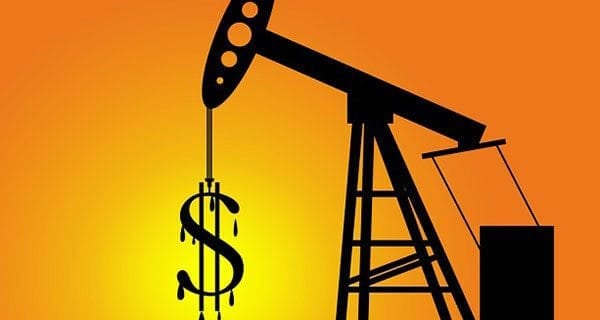 The oilpatch in Alberta has had a tough go of it since oil prices collapsed in the latter part of 2014.
The oilpatch in Alberta has had a tough go of it since oil prices collapsed in the latter part of 2014.
But on Tuesday there was some good news from a new report released by Deloitte’s Resource and Advisory Group.
It forecasts prices for Canadian heavy and light oil to improve somewhat in 2019 because of increased demand from refineries in the United States, improving transportation capacity and mandatory productions cuts in Alberta
Deloitte said those factors should begin to reduce the current oversupply of Canadian oil and help narrow the larger-than-usual differentials with WTI prices that were present in the final quarter of 2018.
“The severe imbalance between Canada’s production and its capacity to export that oil caused Canadian oil price benchmarks to collapse over the past few months,” said Andrew Botterill, Partner, REA group, in a statement.
“Heavy oil differentials were as high as US$45 per barrel in mid-November while light oil differentials reached as much as US$35 per barrel, although they did begin to drop back slightly toward the end of the year as refineries in the U.S Midwest returned to more normal utilization rates for Canadian oil.”
But the supply glut remains a major issue as storage stockpile volumes in Alberta rose to about 35 million barrels in 2018.
“Mandatory production cuts imposed by the Alberta government and which take effect this month should reduce production by 325,000 barrels a day until the excess storage volumes dissipate, after which the cuts will drop to 95,000 barrels a day for the rest of 2019. Deloitte expects this will decrease differentials for Canadian oil price benchmarks and increase provincial royalty revenues in Alberta and in Saskatchewan, where there are no mandatory production cuts but where crude prices will also rise because of the reduction in oversupply,” it said.
Deloitte said Canadian oil prices should also strengthen in 2019 because of improved export capacity as a result of the Alberta government’s plan to purchase additional rail cars to transport crude oil and the expanded capacity of Enbridge’s Line 3 pipeline, which transports a variety of Canadian crude oil to the United States. The extra rail cars should increase exports by 120,000 barrels a day by 2020, while the Enbridge pipeline will add approximately 370,000 barrels a day of export capacity, an increase of about nine per cent, it said.
“Increased demand for Canadian oil from Alberta’s Sturgeon refinery and from U.S. Gulf Coast refineries looking to replace some of their heavy crude supplies that used to come from Mexico and Venezuela is another reason we expect the price differential with WTI to continue narrowing in 2019 and beyond,” said Botterill. “At this point, we are forecasting a price of US$58 per barrel for WTI this year and C$50 per barrel for WCS.”
The views, opinions and positions expressed by columnists and contributors are the author’s alone. They do not inherently or expressly reflect the views, opinions and/or positions of our publication.

